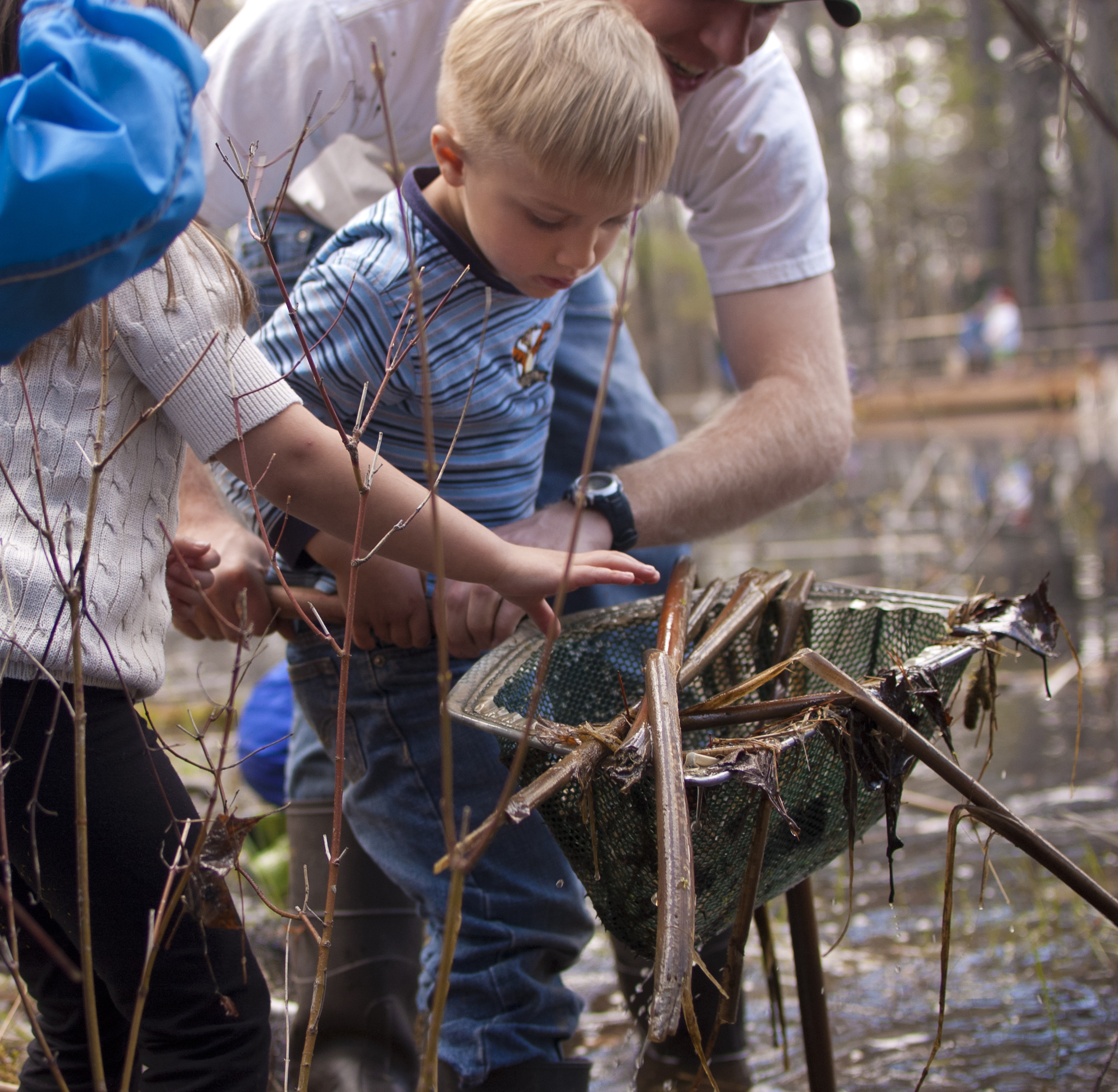Throughout human history, people of all ages have learned from the world around them. Consider any domain of child development-whether it's cognitive, physical, or socio-emotional-and there is ample evidence that good teaching in natural outdoor environments, from wild areas to green schoolyards to city parks, promotes a child's healthy development, while also connecting children deeply with the places where they live and the natural and human communities of which they are a part.
Nature in Early Childhood Education

Nature is increasingly being recognized as an important, and often low-cost, tool for fostering children's health and development. Whether it's natural environments, gardens, green schoolyards, outdoor classrooms, or even simply views of nature, research suggests that there are a variety of ways that nature enhances children's health and development, including:
• Enhancing brain development
• Improving academic performance, including helping children produce richer writing and providing foundations for science learning
• Enhancing communication
• Promoting socio-emotional development
• Promoting emotional resilience and self-regulation
• Promoting executive function
• Providing mental health benefits
• Reducing stress
• Reducing symptoms of ADHD
• Providing therapeutic benefits to children with autism
• Promoting physical activity and motor development

At the same time, research also points to the importance of childhood experiences for forging connections to the natural world and promoting the development of environmental literacy. For example, research has revealed that childhood experiences in nature or with environmental education can:
• Promote the development of children's ecological identity
• Foster children's ecological literacy
• Increase children's knowledge of animals
• Be associated with pro-environmental attitudes in adults
• Predict environmental citizenship and a commitment to nature-based activities in adults
Early childhood environmental education aims to maximize the benefits of early experiences in nature to create a foundation for environmental literacy. The North American Association for Environmental Education's Early Childhood Environmental Education Programs: Guidelines for Excellence lays out the key characteristics associated with high-quality early childhood environmental education programs.
Nature-Based Early Childhood Education
Recognizing both the benefits of nature to education, and the benefits of education to nature, many early childhood education programs use nature and natural elements to enhance the curriculum and promote environmental stewardship. They might plant a garden or put up a bird feeder, for example, to offer more opportunities for children to experience nature as a part of the program.
A nature-based early childhood education program takes an immersive approach, putting nature at the heart of the program. In a nature-based early education program, nature is a setting for the program and an object of study. In addition, the care and protection of nature, including the wider environment and its people, are regarded as a key outcome of the program, along with healthy child development. Some describe these nature-based early learning programs as learning in nature, about nature, and for nature.
Even if a program is not fully nature-based, they may incorporate a variety of nature-based education practices as appropriate to the program.
Nature-Based Preschool Professional Practices
To learn more about the specific professional practices that nature-based early learning programs employ in the areas of teaching, environments, safety, and program administration, see the Nature-Based Preschool Professional Practice Guidebook.
Throughout human history, people of all ages have learned from the world around them. Consider any domain of child development-whether it's cognitive, physical, or socio-emotional-and there is ample evidence that good teaching in natural outdoor environments, from wild areas to green schoolyards to city parks, promotes a child's healthy development, while also connecting children deeply with the places where they live and the natural and human communities of which they are a part.